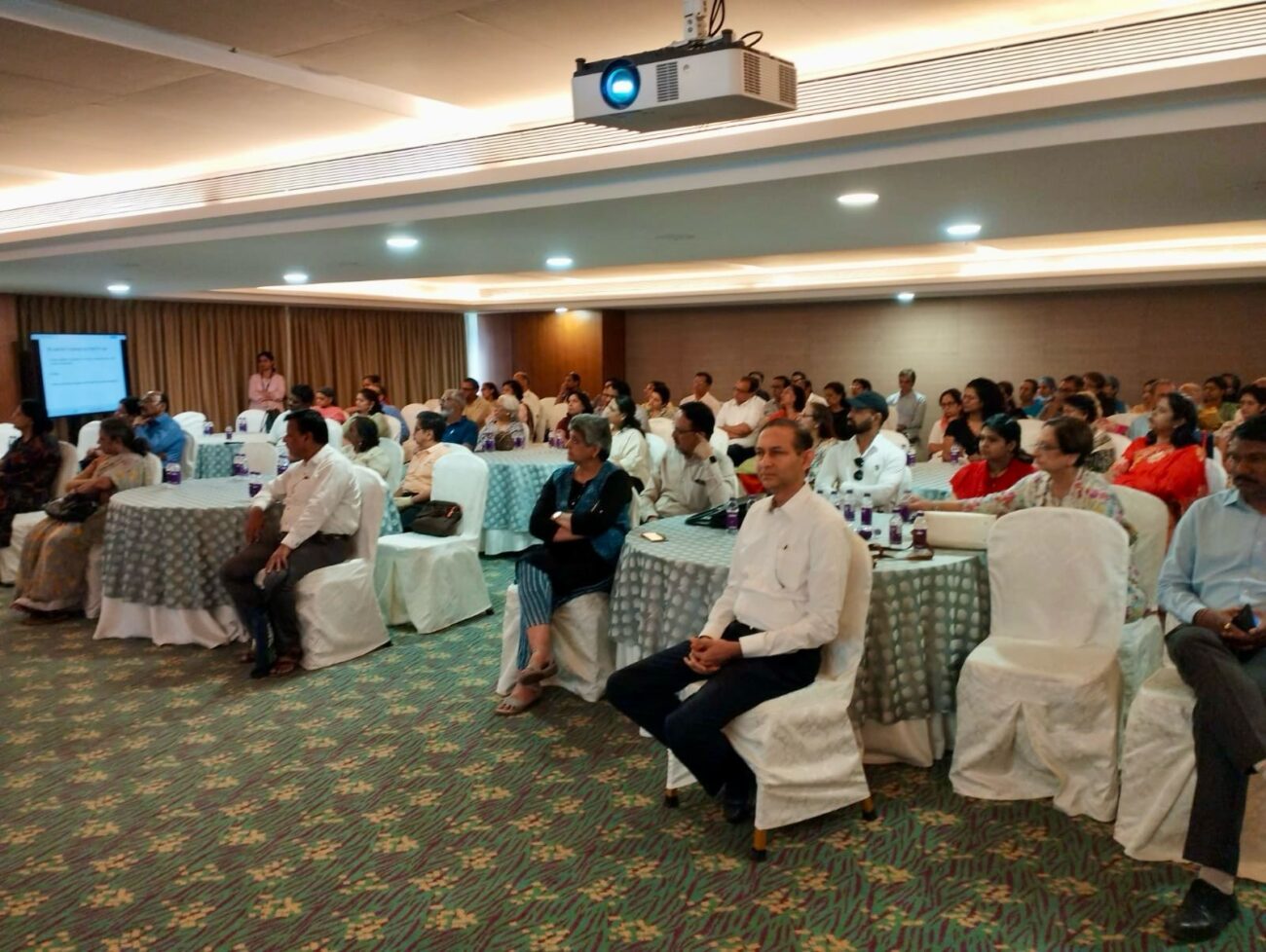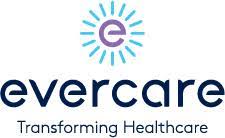Elsevier’s Core Mission is to Pave the Way to Advance Clinical Outcomes
Please Tell Us About Elsevier? Dr. John Danaher Dr. John Danaher, President of Clinical Solutions, Elsevier: Elsevier is part of the RELX Group, a British-Dutch company, and produces roughly 20% of the world's scientific, technical and medical information
Please Tell Us About Elsevier?

Dr. John Danaher, President of Clinical Solutions, Elsevier: Elsevier is part of the RELX Group, a British-Dutch company, and produces roughly 20% of the world’s scientific, technical and medical information which addresses the referential needs of doctors, nurses, health care professionals, scientists and researchers. Historically, we used to produce content in books and journals but have now digitize all that content to complement the workflow of the health care community. We make information easily available and accessible in the hands of medical practitioners at the point of care. This is what we do at Elsevier.
Harnessing digital world and AI to revolutionize clinical outcomes?

Mr. Shankar Kaul, MD, Elsevier India: This is an area of tremendous growth and opportunity for Elsevier in the field of precision medicine where clinical decision support tools are needed to filter and analyze clinical data for optimizing treatment algorithms.
There are currently more than 2,500 oncologists worldwide who use oncology pathways that have been integrated with EMR systems, providing real-time patient information based on their history of prescribed therapeutics along clinical pathways. Through analytics, patient data can now be turned into valuable insights instantly and in real-time: the current process of using randomized clinical trials – the cornerstone of medical practice – can now be fast-tracked to generate evidence-based medicine which normally takes between 10 to 15 years.
By combining advanced technology with evidence-based content, Elsevier’s ClinicalPath can guide oncologists based on the latest published evidence and best practices of physicians. This helps to standardize care, connect patients to clinical trials, prompt orders for appropriate biomarker and genetic tests, enable actionable insight into care patterns and ultimately improve patient outcomes through personalized treatment pathways. ClinicalPath covers more than 97 percent of the most common cancer cases in medical and radiation oncology and is delivered at the point-of-care through integration with leading electronic health record (EHR) technologies.
With Ayushman Bharat and the rollout of the “The National Digital Health Blueprint” record, the time is right for us to bring technology-enabled decision support tools such as ClinicalPath to India. The standardization and digitization of patient data that these national initiatives serve to achieve, augmented by real-time information, will be a boost to population health management.
What steps should be taken to reduce clinical errors in India?
Dr. John Danaher, President of Clinical Solutions, Elsevier: The challenges and opportunities in India are twofold: there is a significantly large rural underserved population and there’s a population that receive their care at private or good public hospitals; and we’re trying to address the needs from both spectra. With the underserved, it can be beneficial to have a workforce of healthcare workers that is trained in handheld devices to capture real-time health data of infants, children and mothers to improve mortality rate. At hospitals, clinical errors and variations can be minimized with improvements to outcomes and care standardization from clinical decision support solutions.
Mr. Shankar Kaul, MD, Elsevier India: For India, we’re talking about reducing errors, and we are in the process of working on a proof-of-concept initiative with the NITI AAYOG in an assigned state and at a tertiary care setting. We hope to be able to provide evidence that a localized solution using artificial intelligence can be safely deployed to reduce medical errors in India for effective health care delivery.
Could you share recommendations for national digital health blueprint?
Dr. John Danaher, President of Clinical Solutions, Elsevier: The National Digital Health Blueprint is a great initiative by India to digitize and advance the health care sector. We strongly support the government of India on this initiative and recommend the following for effective implementation:
- Include provisions for financial and non-financial incentives to enable network effects: NDHB is intended to be an eco-system, not a system. The critical success factor is not in implementing the technology (the system), but in incentivizing participation from the network of players. An eco-system is propelled by the network effect. The advantages grow with the number of players participating – until it becomes an essential service or solution.
- Government role is critical: The Government plays a key role in setting the standards as markers for multiple players to rally around and focus their efforts on. The Electronic Health Record System Functional Model, which is a part of the 2016 EHR Standards of India, can be adopted as a component of the NDHB to ensure that the PHR addresses critical processes such as care provision and PHR population health and administrative functions as well as avoiding pitfalls with EHRs that are incapable of supporting clinical and operational processes that improve outcomes. These standards will incentivize CDS vendors and content providers to compete effectively.
- Fraud analytics and phased roll-out: The scope of Fraud Analytics and Claims Platform can be further qualified as part of NDHB’s short-term plan for integrating PMJAY with the NDHM within the National Digital Health Blueprint. Here, the phases of roll-out as enshrined in the National Health Stack could be adopted to move from improving affordability to improving accessibility and availability to finally improving acceptability.
What is Elsevier’s focus area for 2020 to advance Indian healthcare industry?
Dr. John Danaher, President of Clinical Solutions, Elsevier: We have quoted a large body of eminent Indian authors as the segment requirement continues to grow and we are committed to continually investing in new curriculum for undergraduate medical education in India which is a priority focus for us.
We are also keen to integrate relevant AI-based technologies into our solutions for more focused and targeted CDS. From a services standpoint, we’d like to deepen our engagement with state-level stakeholders – whether they be government agencies or NGOs – to support and enable a sustainable healthcare ecosystem.
So, anything else that you want to share with us?
Mr. Shankar Kaul, MD, Elsevier India: We have a contributing role to play in improving the overall health status of the Indian population and are encouraged by the enthusiasm for public-private partnerships at the OD administration.
The number of significant comprehensive policies that have emerged such as the 2017 National Health Policy is close to implementation. We also expect that the recently announced National Digital Health Blueprint will bring about a new medical curriculum. These are clear signs that the government has the political will and vision to resolve and address the challenges of the Indian society as well as its health care and education sectors. Such initiatives on a national scale will deliver huge demographic dividend for a country that is geared towards building a $5 trillion economy by 2024.





